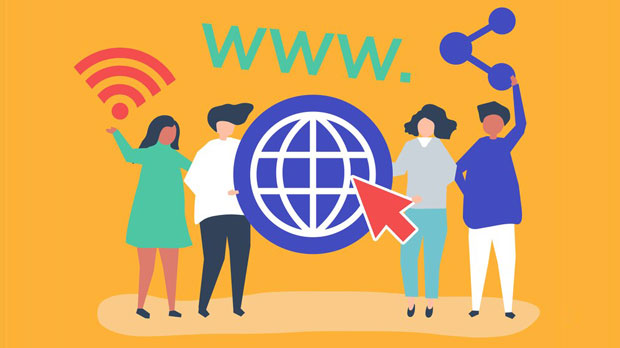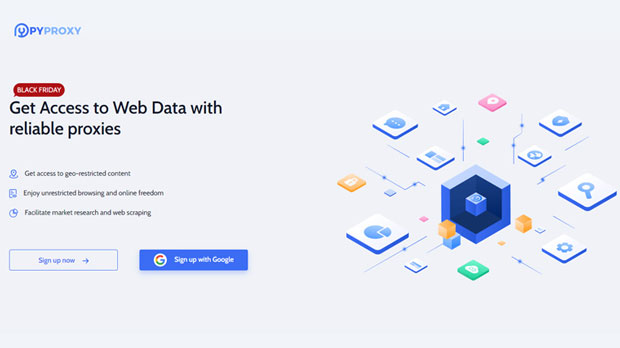In today’s digital landscape, proxies have become essential tools for businesses, developers, and individuals who need to navigate the internet securely and efficiently. Among the various proxy solutions, PYPROXY and Squid Proxy are two of the most widely used choices. Both have their unique features, strengths, and weaknesses, but the key question for most users is which one provides the best long-term cost-effectiveness. This article will delve into a detailed comparison between PyProxy and Squid Proxy, analyzing their overall performance, costs, scalability, and security features to help users make an informed decision on which proxy solution offers the best value for long-term use. Introduction to PyProxy and Squid ProxyPyProxy and Squid Proxy are two distinct types of proxies that have been designed to handle a variety of tasks related to web traffic management. PyProxy is a relatively newer option in the market, built on the Python programming language, which offers a high level of customization and flexibility. On the other hand, Squid Proxy is one of the oldest and most established proxy servers, known for its robust features and scalability.Cost AnalysisWhen comparing the long-term cost-effectiveness of PyProxy and Squid Proxy, the financial aspect plays a critical role. In the short term, both proxies may seem affordable, but it’s important to consider factors such as maintenance, scalability, and the potential need for additional features in the long run.- PyProxy Costs: PyProxy, being built on Python, allows developers to tweak the software for specific use cases. This flexibility often means that users can avoid purchasing expensive proprietary solutions. However, the cost of developing custom features and ensuring the stability of the system might add to the overall price in the long run. Additionally, if you lack in-house Python expertise, you might need to hire developers, which can increase your costs further.- Squid Proxy Costs: Squid Proxy, being open-source, offers free downloads and installation, but the cost comes from maintaining and running the server. Squid Proxy is highly scalable, and while it doesn’t require specialized development expertise, the administrative and hardware resources required for managing a Squid Proxy server can add up over time. For larger organizations, the cost of maintaining the server infrastructure can be significant.In general, while PyProxy can seem less expensive upfront due to its open-source nature, the total cost may increase as you scale and customize the service. Squid Proxy’s initial costs are low, but the long-term maintenance of its infrastructure may outweigh PyProxy in some scenarios.Performance and ScalabilityOne of the key factors to consider when evaluating the cost-effectiveness of a proxy server is how well it performs over time and its ability to scale with growing needs.- PyProxy Performance: PyProxy is relatively new compared to Squid Proxy, so its performance has yet to be tested in large-scale deployments. However, it offers fast data transmission and can be highly optimized for specific tasks, which makes it a solid choice for small to medium-sized projects. The scalability of PyProxy depends largely on how well the user is able to optimize and configure the system to handle increasing traffic.- Squid Proxy Performance: Squid Proxy, on the other hand, has been around for decades and is known for its high performance and scalability. It is a robust solution for large organizations and can handle thousands of concurrent connections without significant drops in performance. Squid Proxy’s ability to cache content and manage traffic efficiently makes it an excellent choice for long-term use, especially in scenarios where high traffic volumes are expected.While PyProxy may be suitable for smaller use cases or projects with specific requirements, Squid Proxy’s proven track record and robust performance make it the better option for long-term scalability.Security FeaturesSecurity is a top concern when choosing a proxy, and both PyProxy and Squid Proxy offer security features to ensure that users' data remains protected.- PyProxy Security: PyProxy’s security features are highly customizable, given that the proxy server is built on Python. Developers can easily integrate additional security protocols and tailor the system to specific security needs. However, the fact that PyProxy is a newer and less widely adopted solution might raise concerns about its vulnerability to emerging threats. Furthermore, maintaining the security of a custom-built system may require ongoing updates and patches, which could become a burden in the long run.- Squid Proxy Security: Squid Proxy offers strong security features out-of-the-box, including support for SSL/TLS encryption, access control lists (ACLs), and authentication mechanisms. Given its long-standing presence in the market, Squid Proxy has undergone extensive security testing, making it a reliable choice for users concerned with data protection. The established user community around Squid Proxy also ensures that security updates and patches are readily available.In terms of security, Squid Proxy may have an edge due to its mature and widely tested security features. However, PyProxy’s flexibility allows for highly tailored security configurations, which could be an advantage in some use cases.Ease of Use and MaintenanceAnother important factor that influences the long-term cost-effectiveness of a proxy solution is the ease of use and the level of maintenance required.- PyProxy Usability: PyProxy is highly customizable, but this can also be a double-edged sword. While developers can tailor the system to their exact needs, the learning curve for setting up and maintaining PyProxy can be steep. For organizations without Python expertise, hiring developers may be necessary, which can add to the total cost of ownership.- Squid Proxy Usability: Squid Proxy has a larger user base and a more established set of documentation and resources. As such, it is generally easier to set up and maintain, especially for organizations that do not have in-house developers. Squid’s long history means there are more community-driven resources, tutorials, and third-party tools available to help with configuration and troubleshooting.In terms of ease of use and maintenance, Squid Proxy is a more user-friendly option, especially for those with less technical expertise.When comparing PyProxy and Squid Proxy in terms of long-term cost-effectiveness, the best choice depends on the specific needs of the user. PyProxy offers a highly flexible and customizable solution, making it a good choice for those with specific technical requirements or smaller-scale use cases. However, its long-term cost may increase due to the need for specialized expertise and ongoing customization.Squid Proxy, on the other hand, is a proven, reliable solution with excellent performance and scalability. While its initial costs are low, the ongoing costs for infrastructure maintenance and management can be significant, particularly for large-scale deployments. However, for most users, Squid Proxy’s established features, ease of use, and security make it the better option for long-term use.Ultimately, the decision between PyProxy and Squid Proxy comes down to the specific needs of your organization, the resources available for maintenance, and the scale at which you intend to operate.
Sep 05, 2025



































































